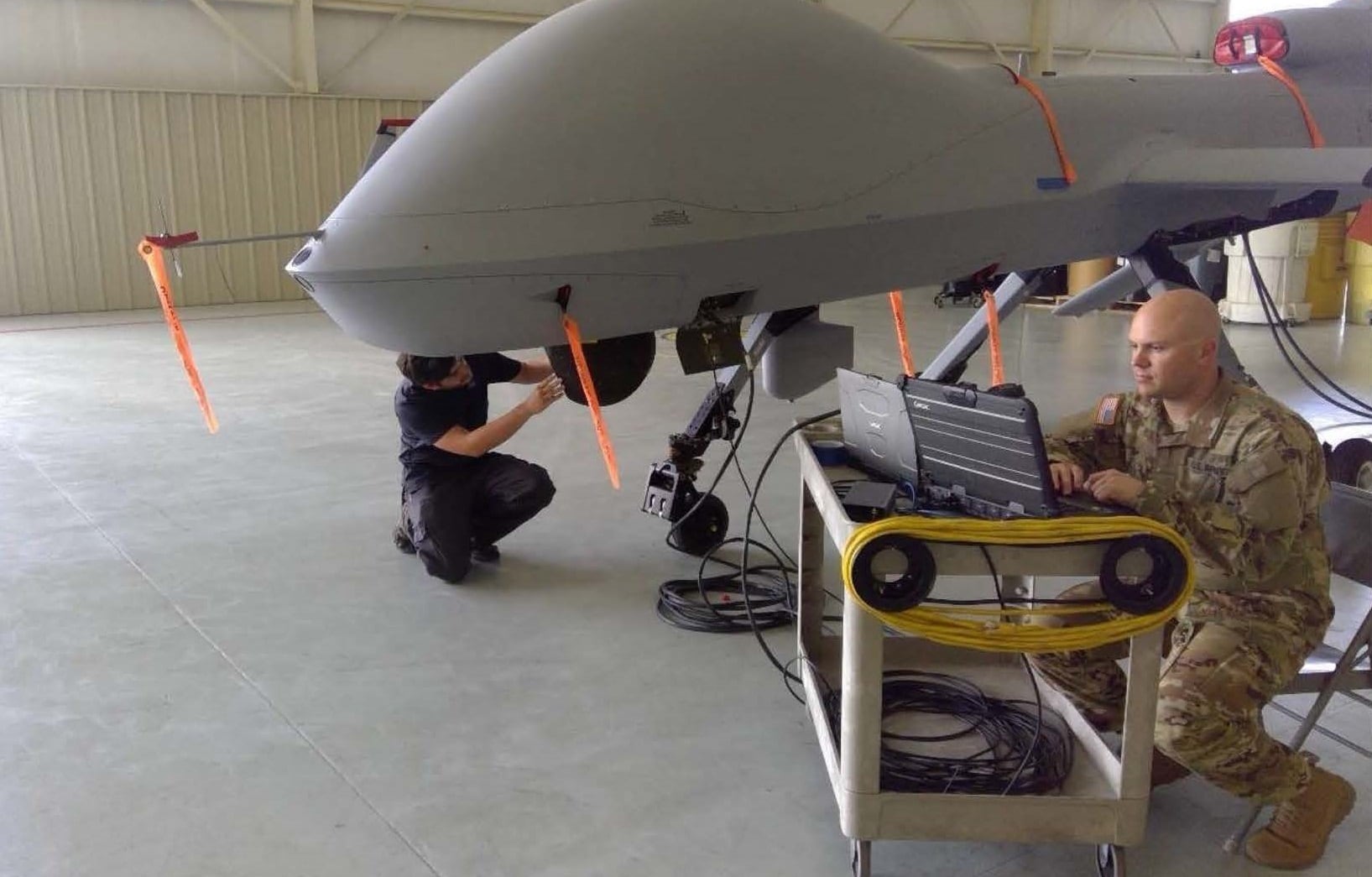WASHINGTON — Lockheed Martin, the world’s largest defense contractor by revenue, bested rival General Dynamics Mission Systems for a U.S. Army deal to develop a long-range electronic warfare, signals intelligence and cyber system the service sees as critical to its “deep sensing” playbook.
Under the new arrangement, worth nearly $37 million over 21 months, Lockheed will build a prototype of the Terrestrial Layer System-Echelons Above Brigade, or TLS-EAB, at its facility in Syracuse, New York. Both Lockheed and General Dynamics Mission Systems were involved in preliminary designs and software demonstrations, according to contract announcements from August.
TLS-EAB is envisioned for use by larger Army formations, including divisions and corps with thousands of troops and heavy-duty firepower. The system is considered a key part of the deep sensing strategy: the ability to identify, monitor and shoot opponents from greater and safer distances, necessitated by technologically advanced forces such as China and Russia.
“The U.S. Army’s family-of-systems concept is a proven model for developing and delivering converged cyber and electronic warfare technologies into the hands of the warfighter quickly, cost efficiently, with lower risk, and at the speed of relevance,” Deon Viergutz, Lockheed’s vice president of spectrum convergence, said in a statement June 27.
The Maryland-based company is already at work on TLS-EAB’s smaller, more tactically focused sister, known as the Terrestrial Layer System-Brigade Combat Team, or TLS-BCT, and an airborne jammer dubbed Multi-Function Electronic Warfare-Air Large, or MFEW-AL.
RELATED

The next steps for TLS-EAB prototyping will feature a deliberate focus on soldier feedback and open digital infrastructure to ensure the system “can be easily tailored for specific mission requirements,” according to Viergutz.
An Army official in April told C4ISRNET the service was “evolving” its acquisition approach for TLS-EAB, specifically for flexibility.
“I think we’re going to build tailored solutions to the combatant commands we’re going to operate in, and iterate that over and over and over again, so that we build, sort of, a specific solution for the different type of contested and congested environments we’ll see,” Mark Kitz, the program executive officer for intelligence, electronic warfare and sensors, said at the time.
Indo-Pacific Command looks “very different than Africa, looks very different than anywhere,” he added. “We can’t just cookie cutter a solution that’s going to marginally work in that combatant command.”
Colin Demarest was a reporter at C4ISRNET, where he covered military networks, cyber and IT. Colin had previously covered the Department of Energy and its National Nuclear Security Administration — namely Cold War cleanup and nuclear weapons development — for a daily newspaper in South Carolina. Colin is also an award-winning photographer.








